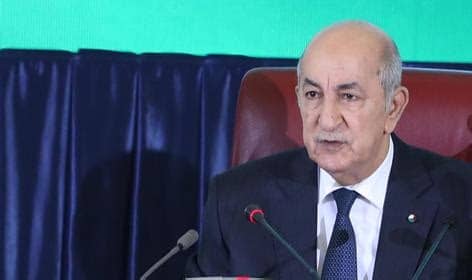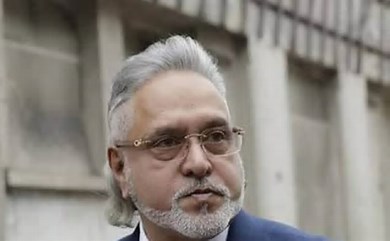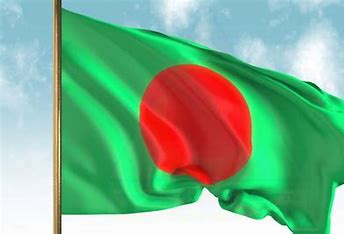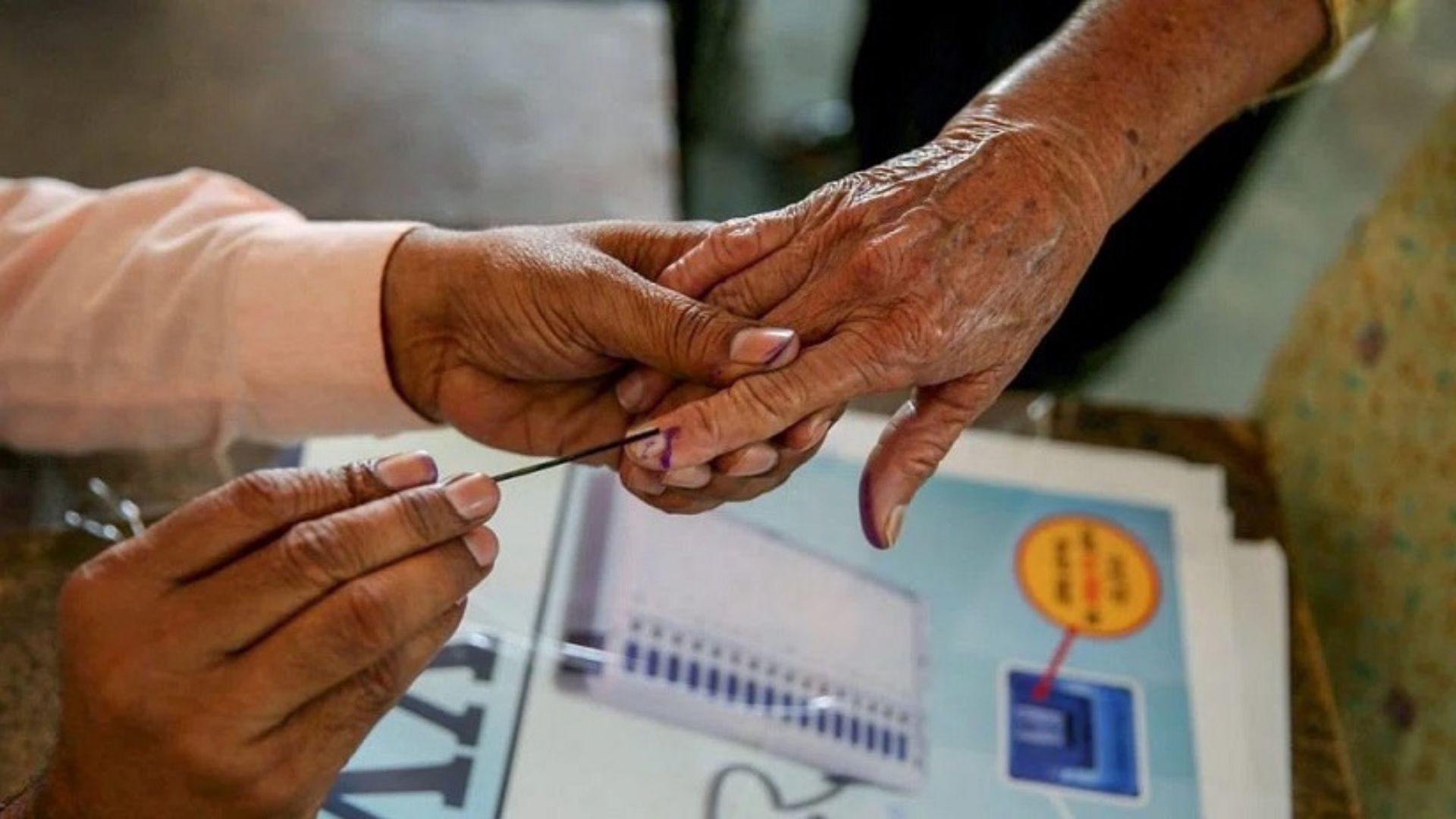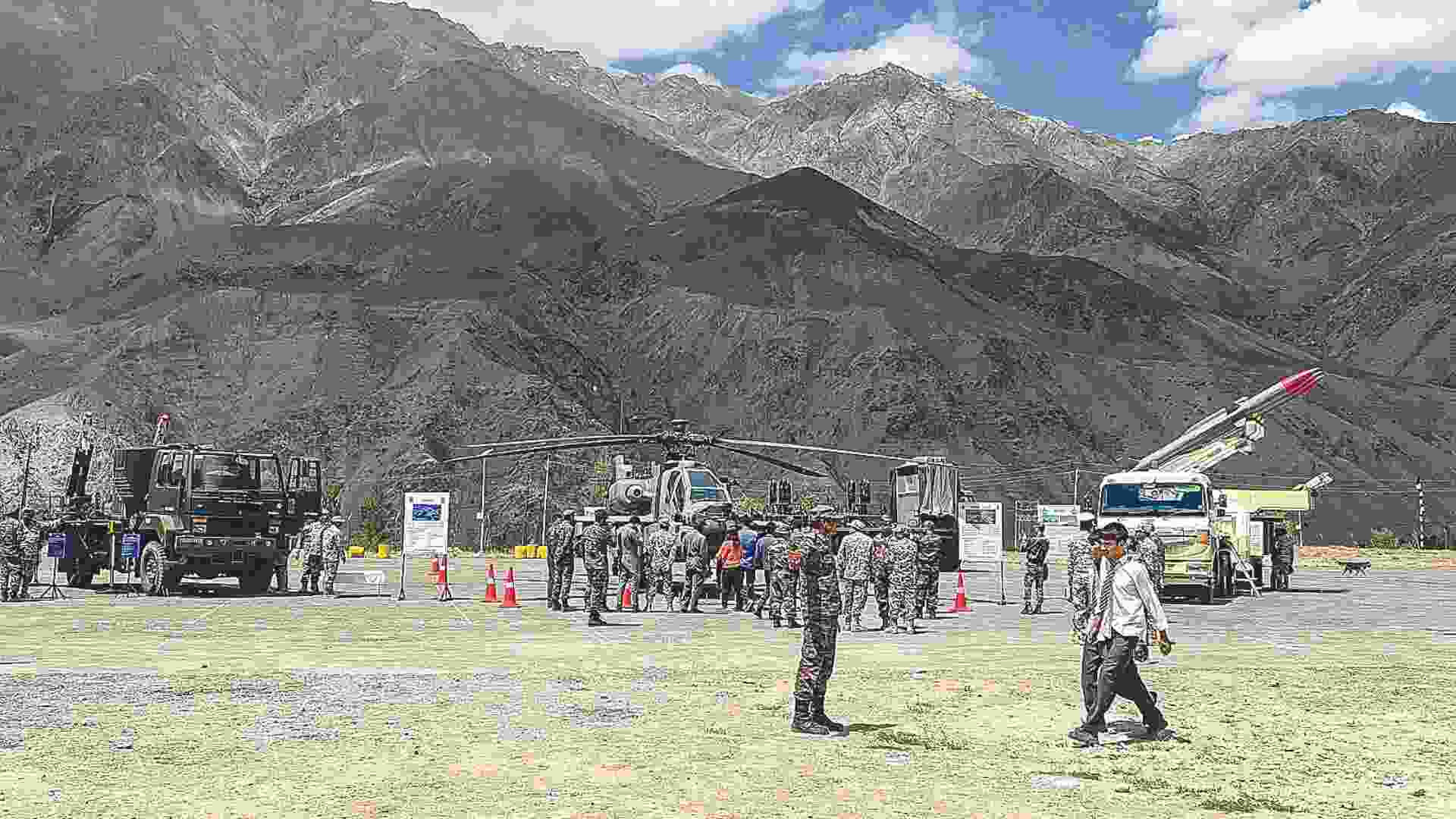
India is celebrating the silver jubilee of Victory Day on 26 July to commemorate victory in the historic Kargil War. The Indian Army and Air Force displayed phenomenal and unprecedented courage, bravery, and determination to fight against all odds to successfully encounter the attempt of the Pakistan army to capture important locations and hills top across the stretch of 140 km of LOC to choke road access to Leh from Srinagar and ultimately capture Kargil and the entire area.
This was the first direct Indo-Pakistan conflict after the nuclear explosion by both countries in May 1998 to declare them as nuclear-capable armed status. However, it is highly prudent to scrutinize the sequence of events including how around 3000 soldiers of the Pakistan Northern Light Infantry along with Islamic mercenaries the LOC and occupied white territory the Pak Army could place two artillery field guns piece by piece via helicopters and reassembled them at the top of the mountain peaks. This intense, high-altitude Warfare in mountain terrain continued almost for 3 months and India could recapture all territories by 26 July 1999.
The Pakistan army had planned Operation Badr well in advance to sever the link between Kashmir and Ladakh and compel India to withdraw forces from Siachen Glacier as well as settle the Kashmir issue coined with top most military secrecy. This attack was redrafted once Gen Pervez Musharraf was appointed as Army Chief in October 1998. However, there was no trace or intelligence input of such an operation till February 1999, when India signed a treaty in Lahore.
The first sign of infiltration was noticed on 3rd May 1999 by Tashi Namgyal a local Shepherd. On 5th May, the Indian patrol was ambushed and 5 soldiers were killed. This was followed by subsequent heavy selling by the Pakistan army on an ammunition dump in Kargil on 9th May. As a fallout of these actions of the Pak, Operation Vijay was launched by the Indian Army. Subsequently, the Indian Air Force entered and launched Operation Safed Sagar on 26 May 1999.
The Indian Air Force had displayed a unique feat of operating above the peaks of about 18000 feet against the strong wind, and subminimal temperature of minus 20 to drop laser-guided bombs with Precision to destroy well-entranced position Pakistani forces and to achieve victory by the all-out dominance. However, under highly hostile terrain and war conditions, 527 Indian soldiers laid their lives and 1363 were injured. Pakistan has suffered a massive and much higher loss of Troops and Logistics.
It is interesting to note that China visibly kept itself away and posturing towards Pakistan. Sensing the impending escalation of war and nuclear engagement by Pakistan, US President Clinton did not extend strategic, military, and diplomatic support to the Pak PM and compelled him to retract forces from the Indian side of LOC.
Kargil War exposed the gap in different echelons including political, diplomatic, and military structure and functioning to perceive and ability to quick reaction. Hence the need to redefine strategic thinking planning and restructuring of the national security and intelligence system was envisaged immediately.
The Kargil Review Committee (KRC) was formed by the government on 29 July 1999 just 3 days after the conclusion of the Kargil War to examine the sequence of events and make recommendations for the future. The committee has observed multiple gaps on different ladder of national security system and recommended functional integrity with the highest order of synergy among all stakeholders.
The committee has also recommended the creation of a National Security Council for effective Border Management, and modernization as well as to establish security management and apex decision body, doctrine of India›s nuclear policy, and civil-military liaison. Following these recommendations, a full-time national security advisor was made, and the aerial surveillance system was upgraded by setting up RISAT satellites and UAVs. The National Technical Research Organisation was established to synchronize the Defence Intelligence Agency. The various think tanks were established to integrate joint Warfare strategies.
The integrated defence staff was constituted on 23rd November 2001 as a first step of tri-service integration. The Post of Chief of Defence Staff and Department of Military Affairs was established in 2019 to accelerate the process of complete operational, structural integrity, and synergy among all three services. The creation of theatre command, cyber security, and space command is the next order of restructuring of Indian armed forces. The functioning at the top level of political and bureaucracy is also restructured and synergized.
The committee of experts under the chairmanship of Lt. Gen DB Shekatkar (Retired)was formed in 2016 to recommend measures to enhance combat capability and rebalance the defence expenditure of the armed forces. The committee has recommended various modes including integration, restructuring, and re-deployment of supportive arms and services especially in the field of communication, transportation, and Ordnance and repair echelons in the Army.
All-out efforts are being made to convert Indian armed forces into the most modern agile and quick-reaction forces by equipping them with the latest technology of weapons and systems like warships, submarines, fighter jets, Hypersonic missiles, assault rifles, tanks, and artillery systems. The stress on make in India in defence production is also envisaged and implemented.
The government also implemented significant reforms in civil administration in Ladakh and Jammu and Kashmir as well as formulated strategies to boost infrastructure, civic facilities, health, and education systems.
An Autonomous Hill Council was also established under the Ladakh Council Act in the Kargil district in July 2003 to boost economic growth, and infrastructure development, and to enhance civil integration of civil administration. The Major Road & Infrastructure Projects like all-weather heavy load-bearing roads, bridges, and tunnels all over Ladakh are taken up to enhance the connectivity in the sensitive regions. 255 km long The Darbuk–Shyok–DBO Road ( Sub-Sector North Road), 230-kilometre Kargil-Zanskar National Highway, and 135 km link road 135 km long Sasoma-Saser La-Saser Brangsa-Gapshan-DBO link road and 14.2 km long Zoji La Tunnel are breakthrough. Lots of stress has been given to developing hydel projects, solar energy, civic support, and water resources as well as upgrading education and health facilities.
The possibilities of medium-intensity border conflicts can not be ruled out in the current context across the border. The aggression of the PLA in eastern Ladakh is a glaring example. The politically unstable neighbours like Pakistan, and expansionist China, and the impact of the CPEC project through the POK are matters of deep concern for India. The emergence of the Taliban in Afghanistan has also threatened Indian ambitions to reintegrate the POK and settle border disputes with China. Hence post Kargil war scenario will continue to face and pose challenges to the Indian establishment and we have to keep on titrating and modifying our strategies and preparedness according to the situations arising in the future.
A strong, decisive, and committed political leadership is required to act, and balance among Military leadership, bureaucracy, and NSA to ensure the best results in all spheres of business including military operational and nuclear doctrine, well-defined policy, and its implementation in handling China and POK affairs.
Major General J.K.S. Parihar, Sena Medal , Bar to Vishisht Seva Medal (Retd.)
Former Additional Director General, AFMS and
